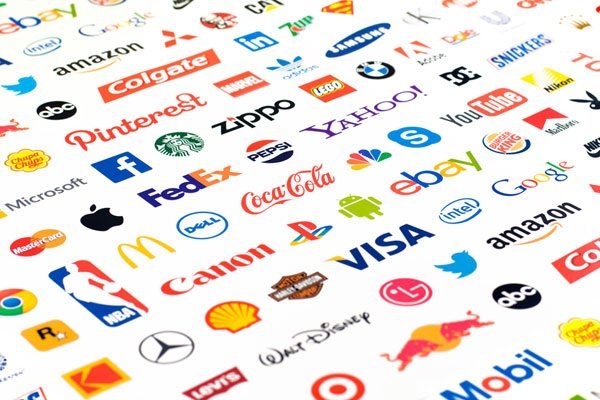Every factor in the dynamic realm of marketing plays a critical role in shaping consumer behavior. Color is one such element with enormous influence. Color psychology in marketing is an intriguing research that extends beyond aesthetics. In this post, we’ll look at how color affects customer perception, emotions, and decision-making.
Understanding the Fundamentals
Color psychology is based on the notion that different hues elicit distinct emotions and perceptions. We’ll start with the fundamentals, delving into the primary colors and their psychological connotations. Understanding these fundamentals is critical for developing a color palette that is both purposeful and impactful for your brand.
The Influence of First Impressions
Color is frequently the first thing a consumer observes, and first impressions are important. We’ll discuss how color influences initial perceptions of a brand, product, or service. From trustworthiness to excitement, each color sends a unique message, setting the tone for the consumer’s experience.
Developing a Brand Identity
Colors are crucial in building and reinforcing brand identity. We’ll look at case studies of successful businesses to see how the colors they use correlate with their beliefs and connect with their target audience. Learn how to use color to effectively tell your brand’s message.

Color Perception and Cultural Influences
Colors can have distinct significance in different cultures. This section will emphasize the significance of understanding cultural subtleties while selecting colors. A hue that represents happiness in one culture may have a very different connotation in another. We’ll help you navigate these cultural nuances.
Color Influence on Purchase Decisions
Color may influence or break a consumer’s decision in a split second. Explore the ways in which certain colors prompt action, influence buying behavior, and create a sense of urgency. Learn to strategically use color to guide consumers through the sales funnel.
Emotional Reactions to Colors
Different hues elicit different emotional responses. We’ll chart the emotional spectrum of colors, from serenity and trust to excitement and passion. Learn how to use these emotions to establish a subconscious connection between your brand and your audience.
Color Schemes for Maximum Impact
While individual colors have meanings, color combinations are an art form. This part will teach you how to create color schemes that are both harmonic and visually appealing. Understand color theory principles and use them to elevate your marketing products.
Iterating and testing
The opportunity to test and iterate is the beauty of digital marketing. We’ll go over the necessity of A/B testing different color variations to see what works best for your audience. Data-driven insights will empower you to refine your color strategy continuously
Case Studies in Vibrant Success
Examine real-world examples of brands that have used color psychology to achieve exceptional success. From startups to industry titans, learn from their mistakes and use what you’ve learned to your own marketing efforts.
Common Errors to Avoid
Even with the best intentions, color selection blunders are common. We’ll point out typical problems and show you how to prevent them. This section can help you avoid mistakes such as misinterpreting cultural symbols and creating visual clutter.
Color Marketing Trends that are Changing
Color trends, like any other, evolve over time. Explore emerging color marketing trends to stay ahead of the curve. We’ll talk about what the future of psychology holds, from new color combinations to novel uses.
Conclusion
The psychology of color in marketing is a powerful tool that, when wielded with knowledge and intention, can significantly impact consumer perception and behavior. As you navigate the colorful landscape of marketing, remember that each hue carries a story, and the art lies in telling it effectively.


